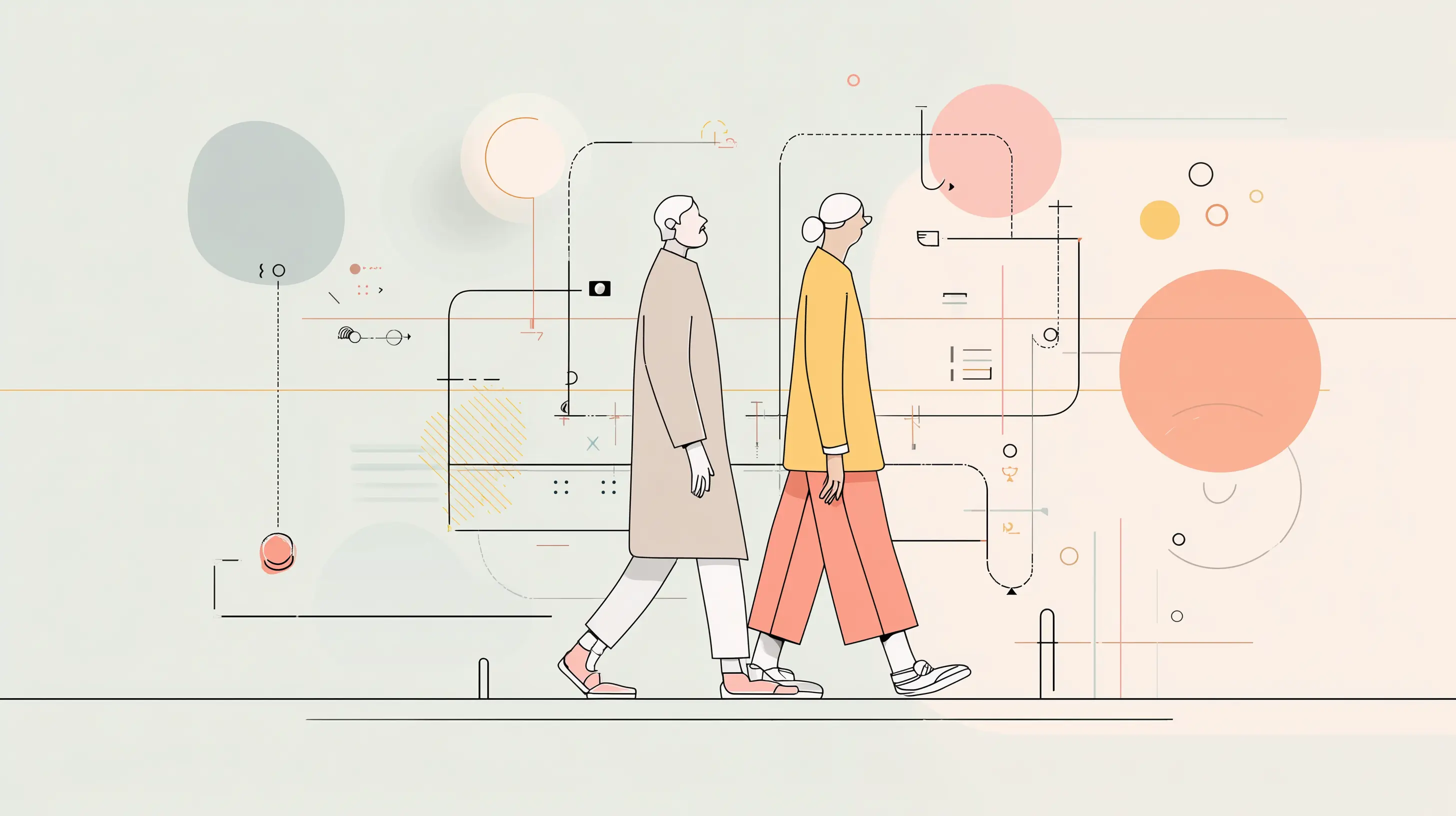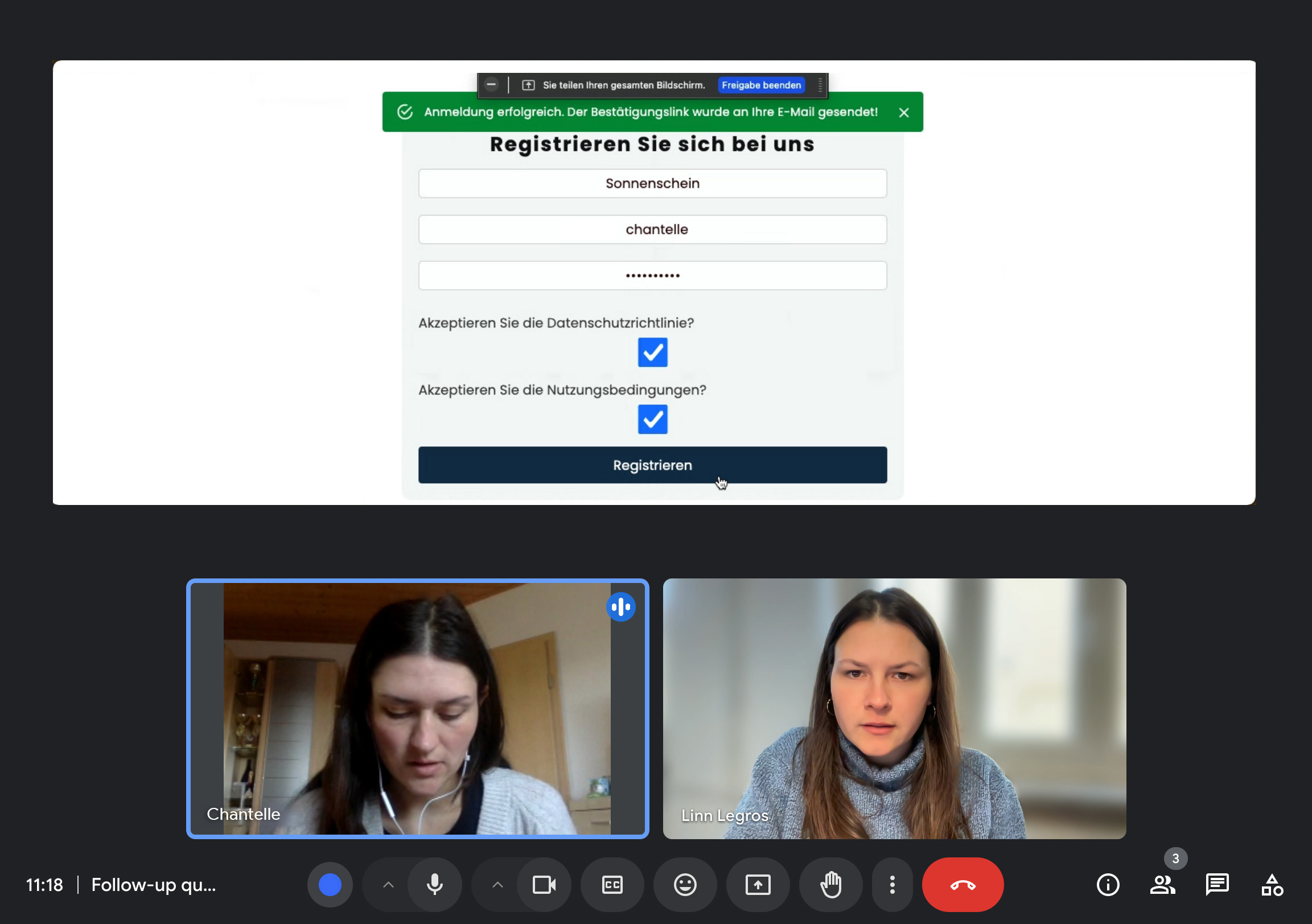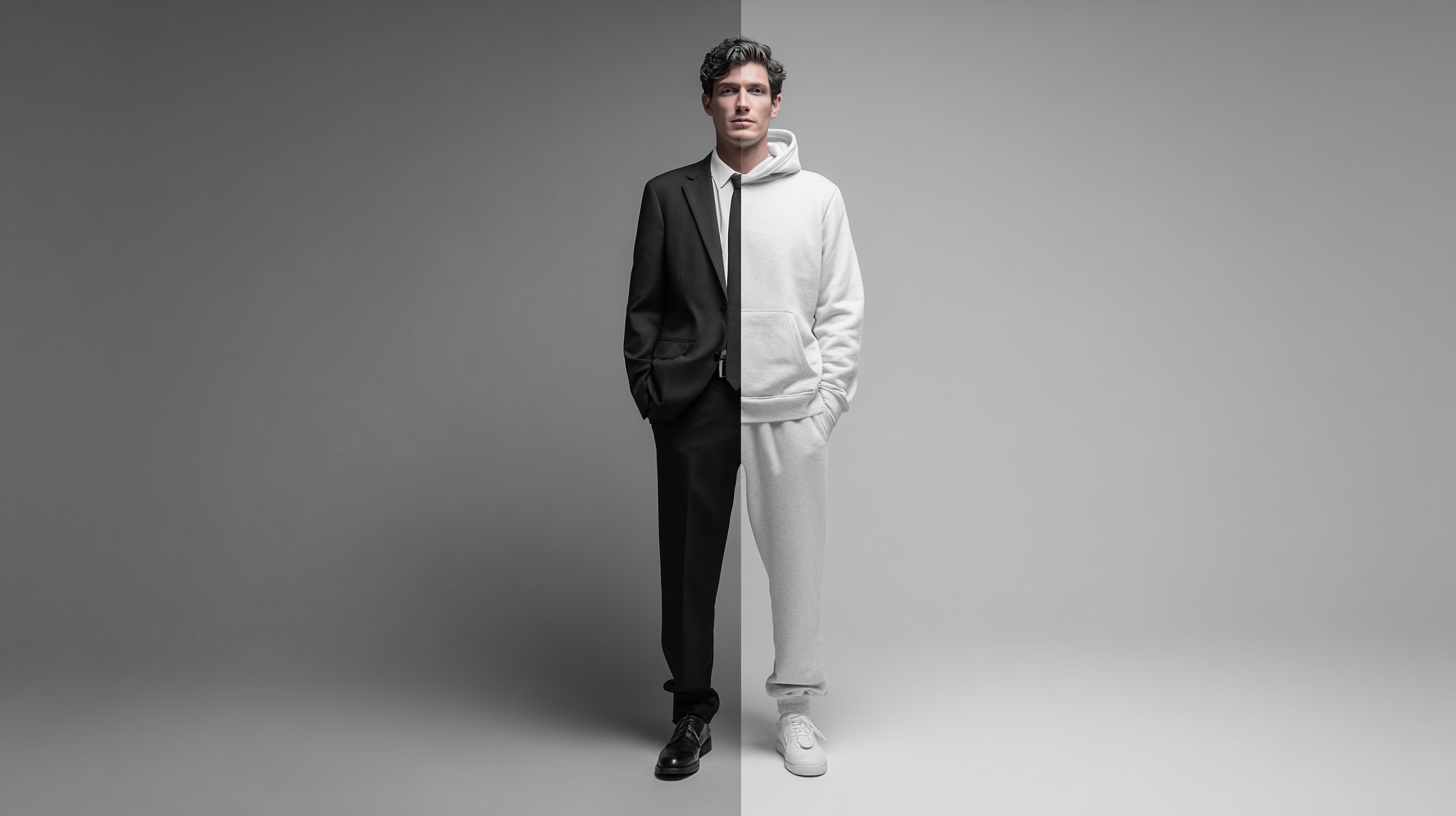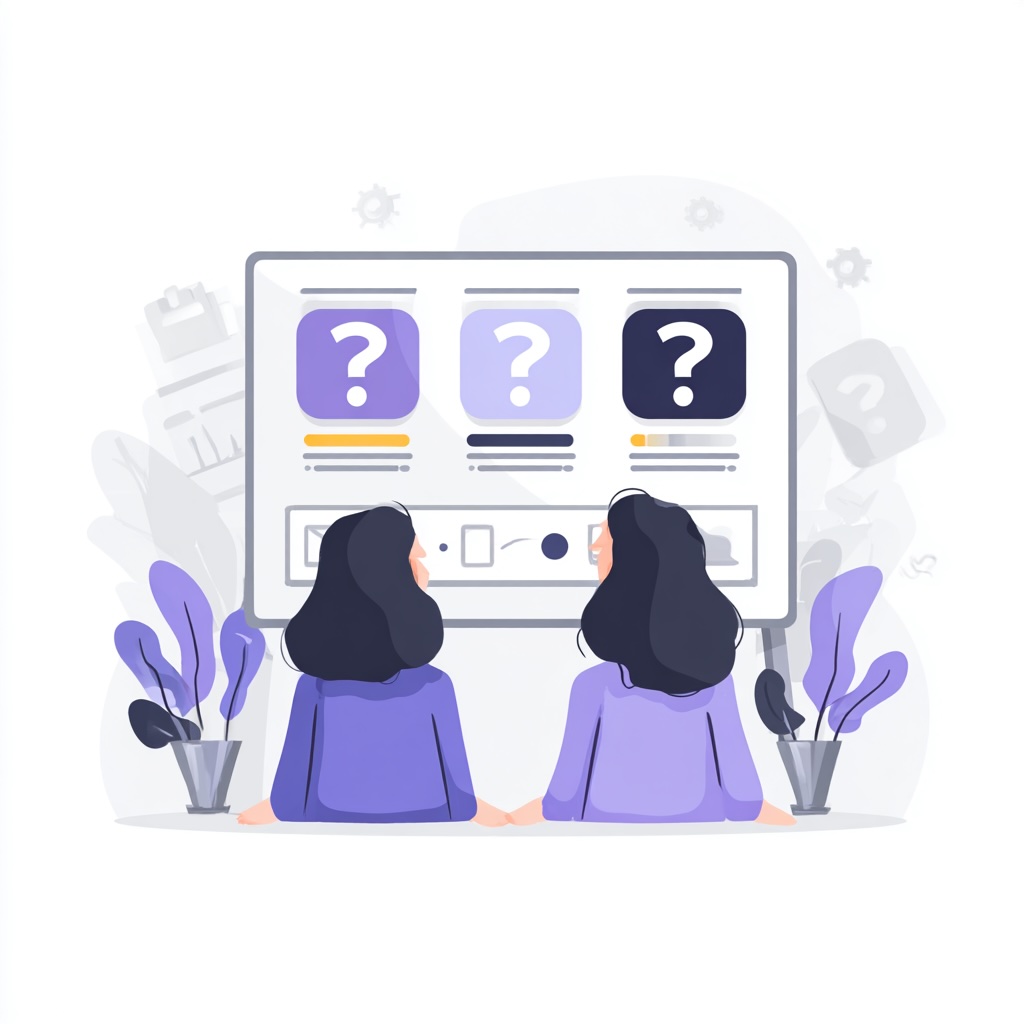

Table of contents

A product taking first shape
Early on, Chantelle conducted interviews with a range of users to better understand their pain points. Encouraged by the feedback and driven by a strong vision, she began shaping a product concept and brought on a technical partner to build a basic proof of concept. This early version served as a conversation starter with potential users and helped clarify the direction she needed to aim for.

By the time we joined the project, the foundation was in place — but something wasn’t quite landing.
While users responded positively to the idea in principle, their feedback stayed high-level. The concept was too abstract for them to assess whether it could truly support their day-to-day needs. The diversity and complexity of their contexts made it difficult to connect the vision with their reality.
Through our initial audit and conversations, it became clear that the product needed to be challenged—not to invalidate it, but to unlock its potential. We helped Chantelle uncover the gaps: missing context around users’ routines and unclear prioritisation of features. Most importantly, we offered a structured and actionable path forward.

The shift from early enthusiasm to strategic refinement was key.
With clearer focus and a grounded process, Chantelle could take her concept to the next level and begin building a product that users could actually see themselves using.
Our task was to help turn an early-stage proof of concept into a more robust, strategically grounded foundation for future development and validation.
We brought:
- Expertise in designing digital platforms with complex, multi-user requirements
- Deep knowledge of UX methodologies to turn abstract ideas into testable solutions
- An external perspective to challenge assumptions and expose blind spots
- Current best practices in usability, accessibility, and design trends
- Professional design work to increase user trust and investor interest

Our first step was to pause and zoom out with Chantelle and her technical partner.
We revisited the big picture and clarified what success should look like. Not just in functionality, but in user impact and business sustainability.
Strategy Highlights:
- User understanding: How much did we really know about the users’ everyday contexts? We uncovered several areas that needed deeper insight.
- Multi-user relevance: The platform had two distinct user groups. We ensured that both sides were equally considered to avoid an unbalanced or one-sided product.
- Revenue model and vision: Adding two sets of UX eyes, we brought a new perspective to the already defined strategy on how to make this product viable.
- Match resources and ambition: What resources were actually available to bring this to life? We helped align ambition with practical next steps.
Product and design audit:
- Evaluated whether current features matched the strategic goals
- Identified usability issues and opportunities for simplification
- Reframed the concept in light of today’s technological possibilities (e.g. AI, personalisation, inclusive design)
- Proposed improvements to visual design and UX flows to support credibility and clarity

We used a lean, collaborative approach focused on high-impact outcomes.
Our goal was to support Chantelle with actionable results she could immediately put to use for further user testing and stakeholder conversations.
User Journey Mapping Workshop
We facilitated a hands-on session with the client team to map ideal user journeys. This helped reveal critical unknowns, challenge assumptions, and guide our design priorities.
Prototype Development
We designed clickable prototypes of key features to help users understand not just the idea but the core funtionality. This gave Chantelle a practical tool for collecting more focused and useful feedback.
Design of Key Screens
We delivered a set of professionally designed UI screens that could be used to:
- Showcase the future vision of the product
- Build trust with users through clearer visual language
- Support investor conversations with a polished, credible aesthetic

The setup that kept us moving fast
- Client team: Founder (product vision) and CTO (technical implementation)
- Design team: Two UX strategists from brightside Studio
- Setup: Hybrid, collaborative, in short feedback loops
- Duration: Less than 4 weeks
- Total cost: Under 10.000€
Despite the short timeframe, the collaboration was focused, fast-paced, and highly constructive—made possible by direct communication and shared ownership of the process.
“Working with brightside Studio gave us the clarity and momentum we needed. Their ability to challenge our assumptions while offering practical, thoughtful solutions helped us turn a loose concept into a focused, testable product.”
– Chantelle, Founder

Key Takeaways from this case
- UX is not just design—it’s strategy. A strong product vision needs a structured process to become usable, viable, and desirable.
- Asking the right questions is as important as finding answers. Our audit surfaced core issues that hadn’t yet been considered.
- You don’t need a long engagement to unlock value. In less than a month, the project gained clarity, momentum, and confidence.









